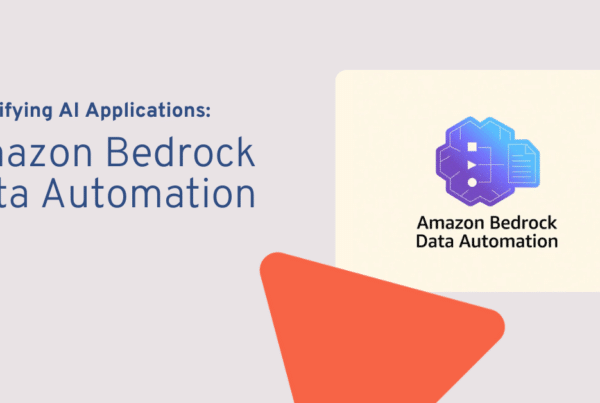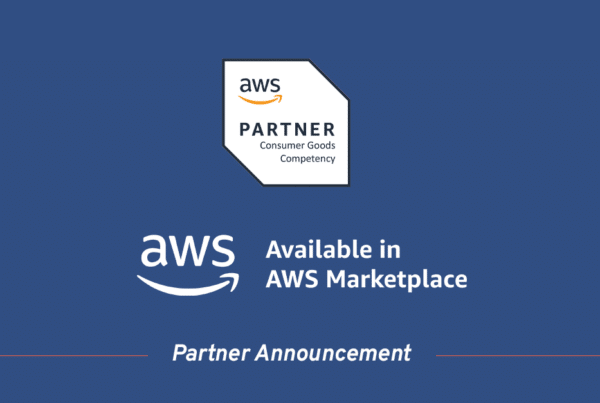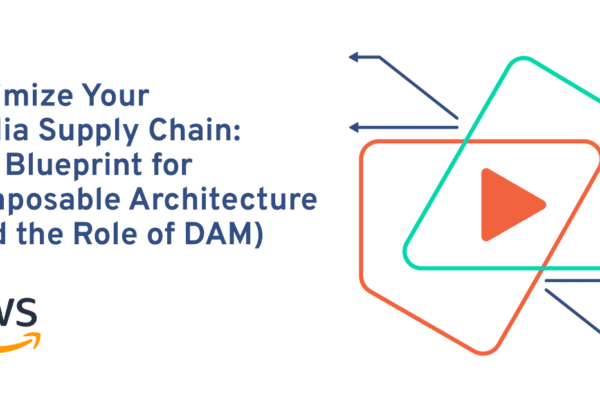
Simplifying AI Applications: Amazon Bedrock Data Automation
October 20, 2025
Simplifying AI Applications: Amazon Bedrock Data Automation
Artificial Intelligence (AI) is the latest chapter in the data revolution that has, and continues…


